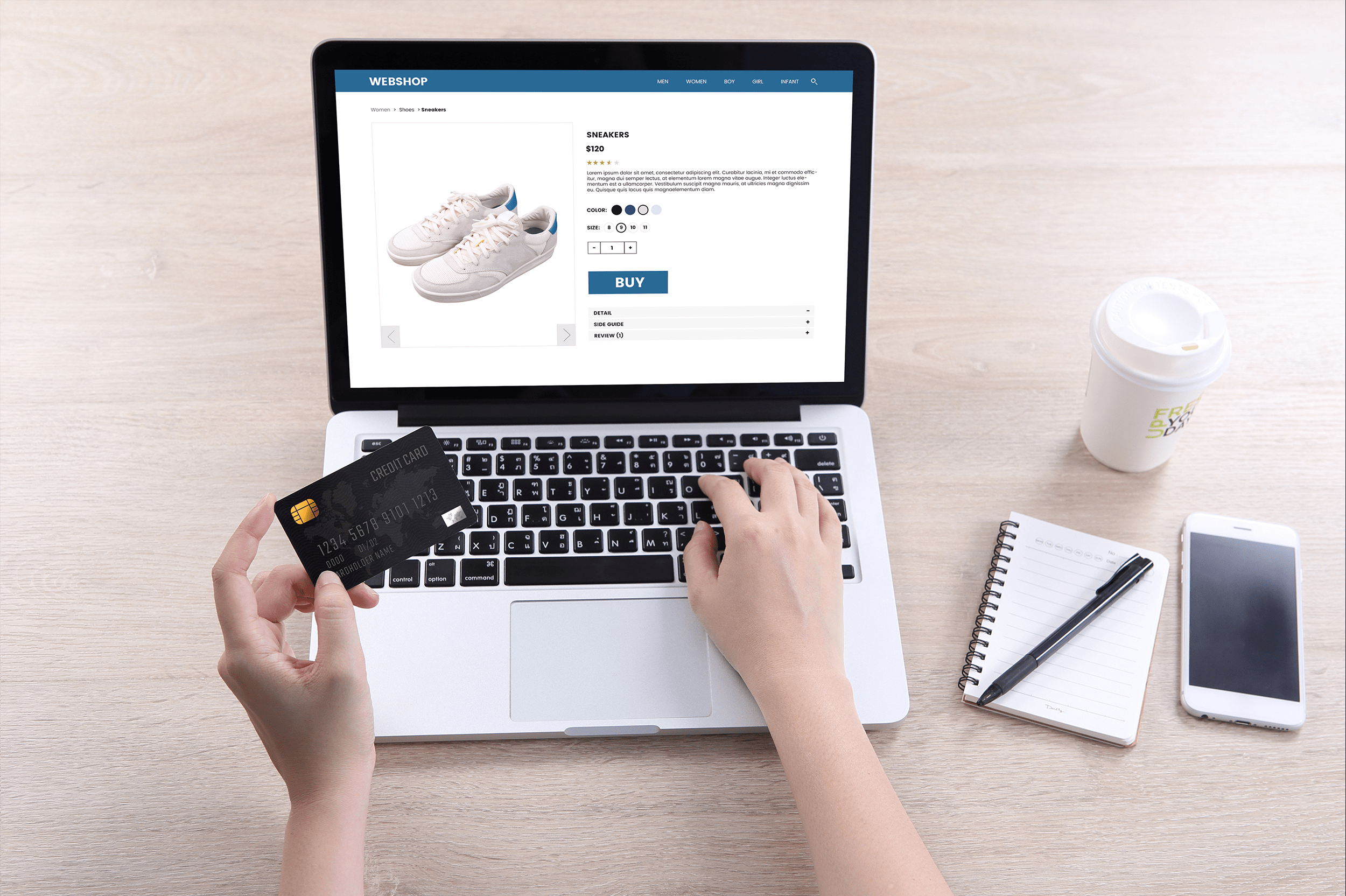A blog is your own space on the web to talk about subjects you enjoy while sharing your thoughts or expertise with a like-minded audience. Although they began as online journals, blogs have now become incredible marketing and money-making strategies for entrepreneurs and businesses.
Think about some of your favorite companies. Head to their websites, and you’ll probably find a blog that shares content like company news, informational articles, or conversational pieces. Regardless of the content, the blog exists for one primary purpose: to appeal to the brand’s audience and draw in new leads.
If you haven’t yet started a blog, there’s no better time to do it than right now. We’re going to walk you through each step, from planning a blog to promoting your content.
The Beginner’s Guide: How to Start a Blog

Creating a blog involves many steps, but we’re going to break them down in the simplest way possible so that you can get your blog up, running, and giving you results:
Step 1: Figure Out Your Blog’s Purpose
Your blog’s purpose is going to determine the type of content you post, so it’s crucial to get this step completed before you start. It could also influence the style of your blog and how much space and bandwidth you need, which affects where you host it and how you design it.
For example: Do you want to share personal stories on your blog, or do you want to set up a blog for affiliate marketing? These are two very different types of blogs that will point you in different directions. Personal blogs don’t usually need as much bandwidth or space as a marketing blog, and they can be simpler to set up because you won’t need as many of the formalities that come with a money-making blog.
Step 2: Choose Where to Host Your Blog

Now that you’ve figured out the purpose of your blog, you need to decide where to host it. We highly recommend WordPress, Squarespace, and Wix (you can read our comparisons of Wix and WordPress and Wix and Squarespace to decide which one might be right for you). Each builder has different features and learning curves, but you can set up your blog quickly with any of them.
You’ll also need to choose a website host and plan. There are several excellent hosting companies with a broad range of hosting plans, but Bluehost and SiteGround are among the more popular options for bloggers.
Be sure to check the space and bandwidth of each plan before committing. According to Website.com, you need about 100 MB of space for 200 pages, and a bandwidth of 5 GB can host about 20,000 visitors per month. Over time, your blog will probably have several more pages than this but may not have that many visitors yet. Still, it’s necessary to consider your blog’s future growth now.
Step 3: Pick Your Niche and Name
Once you’ve set up your blog, you need a name and a niche. We suggest thinking of your niche first because it can lead you to the perfect name. A niche is the main topic of your blog, like health and wellness, pets, or gaming. If your blog is attached to your business website, you’ll want your niche to align with your business.
Also, consider your domain name. Ideally, it should match or be similar to your blog’s name to help people find it more easily. Check with your web host for domain registration pricing, which is usually more affordable when you bundle it with a hosting plan.
Step 4: Plan and Create Content

You have a clear direction for your blog now, so it’s time to start planning content. You may want to set up a spreadsheet in Microsoft Excel or Google Sheets to keep track of your categories and topic ideas. Choose three or four central categories with which to focus your topics and place those in separate columns on your spreadsheet. An entertainment blog, for instance, might have Humor, Movies, Music, and Events as categories.
Within each category, think of 10-20 corresponding blog topics. The frequency of your blog posts will vary depending on your niche and audience, but two to three times per week is a good rule of thumb. Try to plan enough content on your spreadsheet to get you through at least one quarter (three months).
Step 5: Promote Your Content
Blogging doesn’t end with posting content to your site. You also need to promote it! Doing so builds your audience, drives traffic, and can make your blog more relevant in search engine results.
Social media share buttons are simple to use and install, and they integrate with your site seamlessly to let people share your content with a single click. You should also be prepared to do some legwork by consistently sharing your posts on social media along with other posts from authority blogs in your niche.
Step 6: Think About Your Long-Term Strategy

As you work on building your blog, you can think about your long-term goals. Growing your blog requires work, but it’s necessary work if you want to get more leads for your business or make money with affiliate marketing. Once you have several posts under your belt, you can try some of the following tactics to drive traffic:
- Search engine optimization (SEO)
- Promote your content to an email list
- Offer giveaways on your blog
- Write content that could go viral
- Guest post on other blogs
- Connect with other authority blogs in your niche for link-building opportunities
- Repurpose older posts into other forms of content, like an email or e-book
- Paid advertising
Maintaining a blog is a lot of work, but we make it easier on you with our website tools and social media share buttons that make your blog more engaging and interactive. With dedicated follow-through of your content and growth plan, you’ll soon have a blog that wins over your ideal audience.




